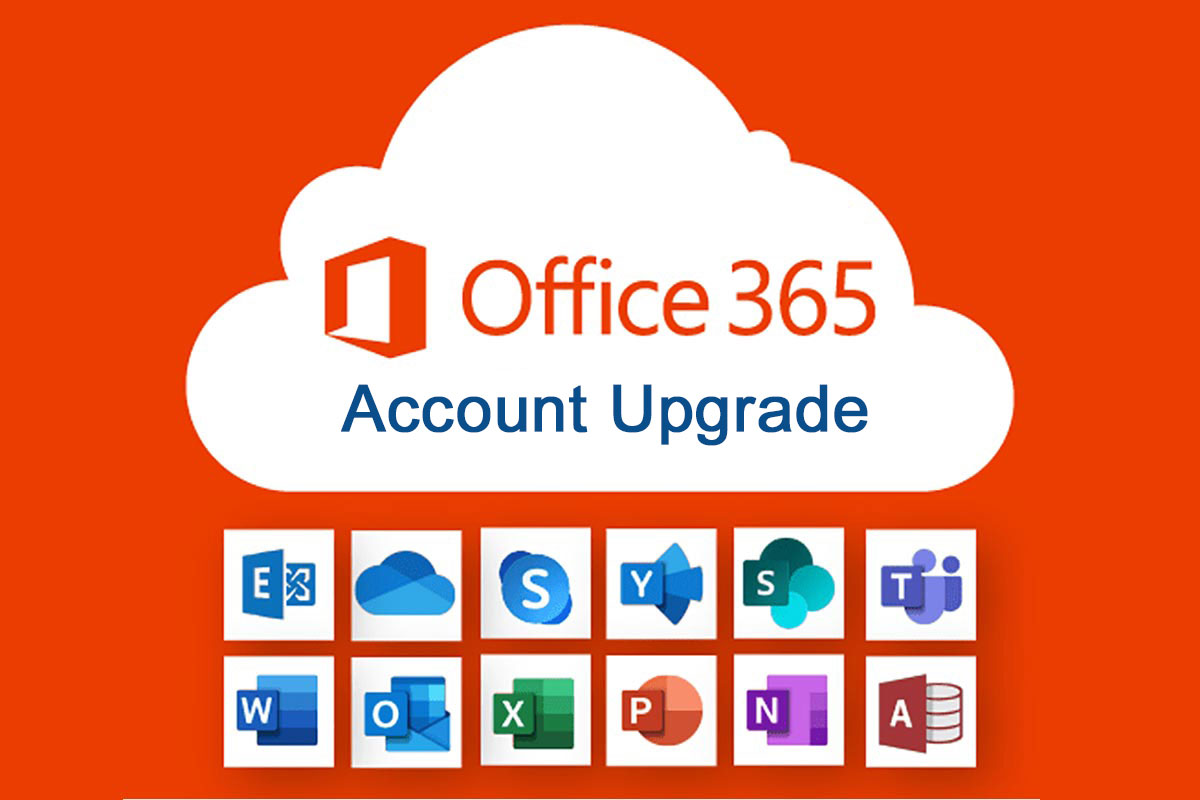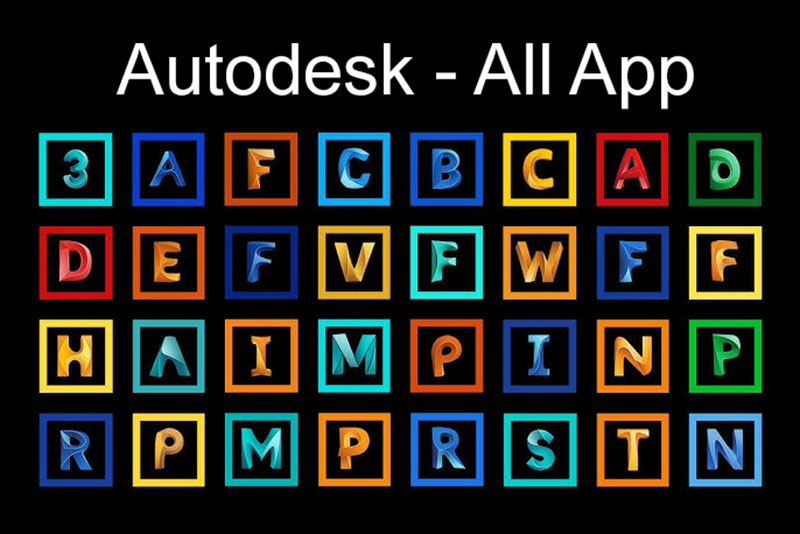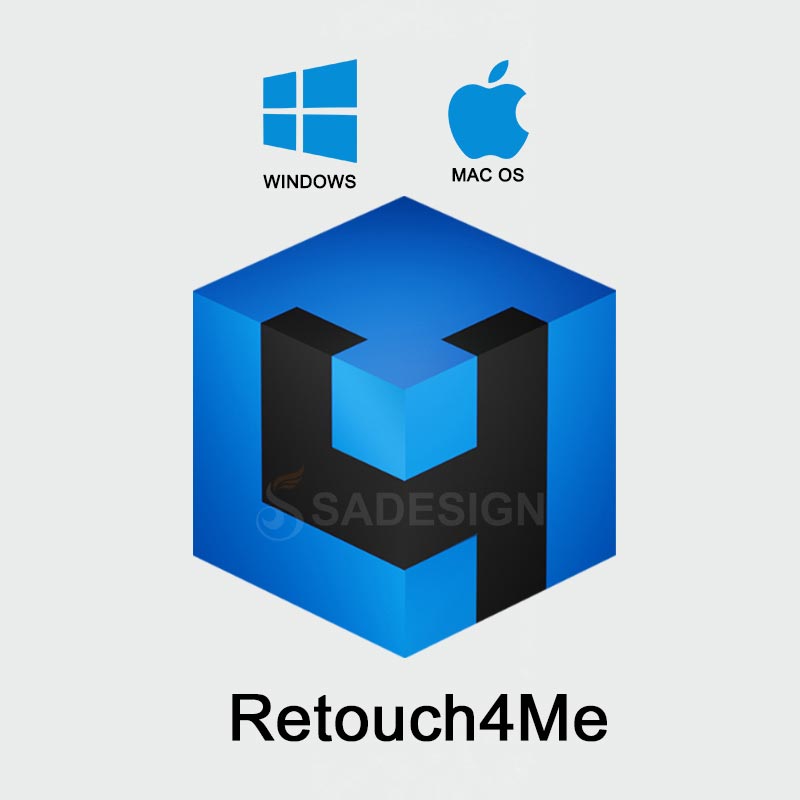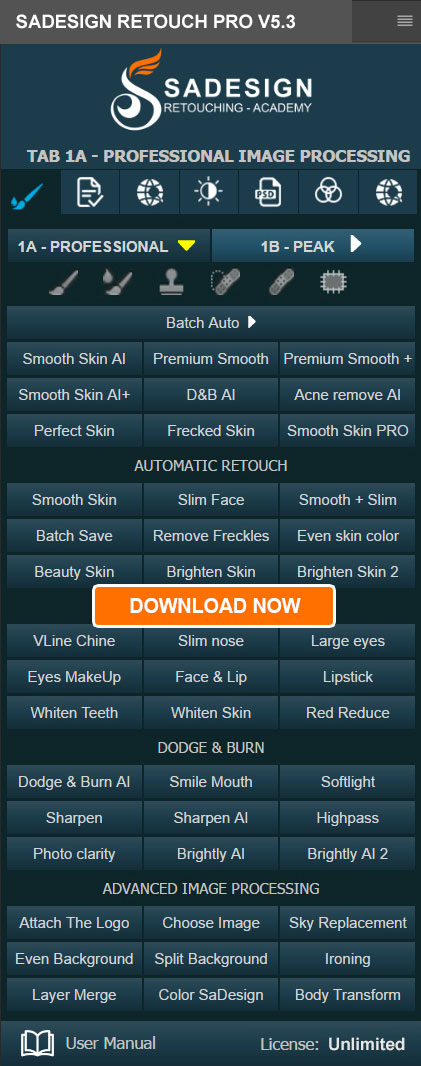Best Selling Products
What happens when you interrupt a computer update in the middle
Nội dung
Updates are released regularly to improve performance, patch security holes, fix annoying software bugs, and sometimes bring entirely new features.
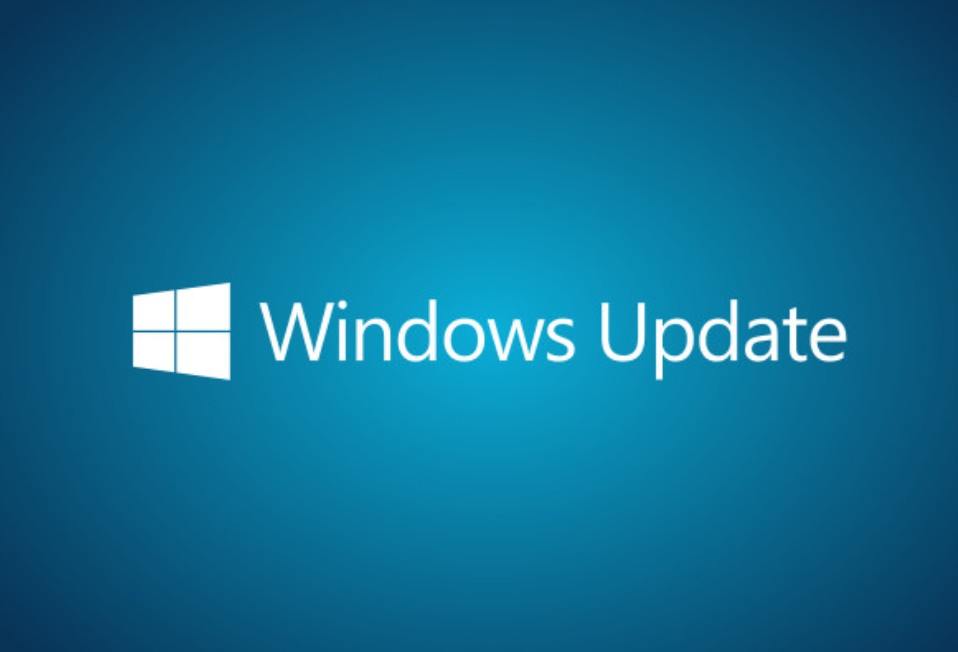
In the digital age, computers are an indispensable tool in almost every aspect of life. From office work, creative design, programming, to studying, entertainment or managing personal finances, all depend on the stability of a computing device. But computers, like any other system, are always at risk of becoming outdated or being exploited by security vulnerabilities.
That’s why system updates are an essential part of maintenance. Updates are released regularly to improve performance, patch security holes, fix annoying software bugs, and sometimes introduce entirely new features. If you ignore updates, your computer will eventually become outdated, vulnerable to attacks, and less efficient.
For example, Microsoft releases security patches every month called “Patch Tuesday,” which contain critical vulnerabilities that, if left unpatched, could allow hackers to take control of your computer remotely. Apple also regularly releases updates for macOS to block zero-day attacks that bad guys can exploit. For Linux, the open source community is always active in patching and releasing upgrades to protect users.
Updating your computer is therefore not an option, but almost a mandatory requirement to maintain the safety and performance of your device. However, many people underestimate its importance, delay it, or even skip it. Others worry that the update process is time-consuming, especially when the system requires multiple reboots. Therefore, the situation of users turning off their computers in the middle of an update is quite common.
1. However, the update process may have various problems.
Updating a computer is a complex process that involves the operating system and its core components. The process can be disrupted for a variety of reasons. Power outages are a leading cause for desktop computers, especially when users do not use a UPS (uninterruptible power supply). For laptops, running out of battery before they can charge is a common scenario. In addition, some users, in a hurry, may accidentally press the power button or close the laptop lid, causing the computer to go into sleep mode during the update.
.jpg)
It is commonly believed that when you turn your computer back on, the system will simply continue updating as if it had never been interrupted. However, this is a misconception. In fact, this is only true if the process is stopped at the data download stage. Once the system has entered the installation stage, interruption can have unpredictable consequences.
Windows is the most vulnerable operating system in this situation. Millions of users have encountered computers that repeatedly reboot, freeze on a black screen, or display an error message that says “Windows couldn't complete the updates.” Meanwhile, macOS is designed with better protection by Apple, applying updates to a separate system snapshot, allowing you to roll back to an older version if the update fails. However, macOS is not completely immune, as if the snapshot is corrupted or the drive fails, the device can still fail to boot.
Interrupted updates can not only affect your ability to boot, but can also put your data at risk. While user data is rarely deleted, having to reinstall your operating system can be time-consuming, disruptive, and increase the risk of loss if you don't have a backup.
2. When the update installation process is interrupted
Installing an update is the most complex and important step in the entire process. The operating system does not simply write new data, but also replaces, deletes, or modifies existing core files. These files may include the kernel, drivers, registry (for Windows), or system libraries.
If the power is cut or the computer is turned off during this time, the operating system will be in a half-baked state. Think of it like replacing the engine in a car: if the old engine is removed and the new engine is not installed, the car will not run anymore. The same is true of a computer that is in the middle of an update: it cannot boot properly because the necessary components are missing or out of sync.
.png)
On Windows, this condition can manifest itself in several ways:
The device keeps rebooting, never getting to the home screen.
A message appears that the system cannot complete the update, then automatically restores the old version, which takes a long time.
In more severe cases, the computer gets stuck in a boot loop and requires access to recovery mode.
On macOS, thanks to the snapshot mechanism, the risk is less severe. If the update fails, the machine can roll back to its previous state. However, this does not mean that all cases are absolutely safe. Some Mac users still experience crashes, cannot boot, forcing them to use recovery tools or reinstall the operating system.
3. How computers update the system
To better understand why shutting down during an update is dangerous, we need to take a closer look at how the operating system performs this process.
The update process usually goes through two stages: download and installation.
During the download phase, the operating system simply fetches data from the server and stores it temporarily on the hard drive. If the computer is turned off at this point, there is little risk. When it is turned back on, the system will continue downloading from the point where it left off, just like a file being downloaded on the Internet can be resumed.
The real danger comes in the installation phase, where the update packages are unpacked, compared, and replaced directly into the existing system. A small update might only change a few system files, but a major update, such as upgrading from Windows 10 to Windows 11 or from macOS Ventura to Sonoma, can involve thousands of files and complex system structures.
.png)
Windows is particularly vulnerable because many updates involve the registry and boot loader. If the boot loader is modified in the middle of a crash, the computer will not know how to start the operating system, resulting in a black screen or endless loop.
Meanwhile, macOS uses a more secure update mechanism. When installing a new version, the system creates a snapshot of the current version. The update is applied to a separate snapshot, and only when it is complete does the system switch to use the new snapshot. If the process is interrupted, the machine simply reverts to the old snapshot without affecting bootability.
Linux is more diverse because each distribution handles updates differently. Some distributions like openSUSE use transactional updates similar to macOS’s snapshot mechanism, ensuring safety in the event of interruption. But most popular distributions like Ubuntu, Debian, Fedora still install directly onto the system. If an update to the kernel or boot loader is interrupted, the system may become unbootable.
4. To avoid these problems
The best way to avoid problems is to not interrupt the update process. This may sound simple, but it takes preparation.
First of all, for laptops, users need to ensure that the battery is always full or plugged in during the update. Never let the battery run low while the system is installing an important update. For desktop computers, using a UPS will be a safe solution to prevent unexpected power outages.
Second, choose the right time. If you need your computer urgently for work, don't rush the update, as the process can take anywhere from a few minutes to hours. Windows and macOS both allow you to schedule or time updates for the night or when you have free time.
Third, make sure you have a stable internet connection throughout the process. Although the download phase is less dangerous than the installation phase, a broken connection can still cause errors.
.png)
Finally, maintain the habit of backing up your data regularly. Although updates rarely directly affect your data, in the event that you have to reinstall your operating system, a backup will ensure the absolute safety of your important documents.
5. If you accidentally interrupt the update process
If you accidentally shut down your device or encounter a problem that interrupts the update process, the first thing to do is stay calm. In most cases, your personal data will be intact, and it will be the operating system that is at fault.
With Windows, after several failed boot attempts, the system will automatically switch to the Windows Recovery Environment. Here, you can run Startup Repair to have the system automatically detect and fix startup errors. If this doesn't work, you can use System Restore to return to a previous restore point, or uninstall newly installed updates.
If the above measures do not bring results, Windows also provides the Reset this PC option, allowing you to reinstall the operating system while preserving your personal data. This is a "rescue" solution that helps you continue using the device without worrying about losing data.
For macOS, boot your computer using Command (⌘) + R to access macOS Recovery. Here, you can use Disk Utility and the First Aid feature to check and repair your disk. If necessary, the Reinstall macOS option allows you to reinstall the entire operating system while preserving your files and applications.
.png)
With Linux, the common solution is to boot from a live USB, access the system to back up data, and repair the boot loader. The GRUB Repair tool on Ubuntu, for example, restores bootability in just a few simple steps. In more severe cases, a reinstallation of the system may be necessary, but the data on the private partition will remain intact.
6. To avoid any trouble
All of this analysis leads to a clear conclusion: let the update run its course. Don’t force a shutdown just to save a few minutes, as the consequences could take hours, or even days, to fix.
A fully updated system not only keeps you running smoothly, but also helps you stay away from cyber security risks. Being patient while waiting for updates is a small habit that will pay big dividends in the long run.
If you do run into problems, remember that recovery tools are built into your operating system to help you. Instead of worrying or panicking, calmly follow the troubleshooting steps to get your device back to working order.




